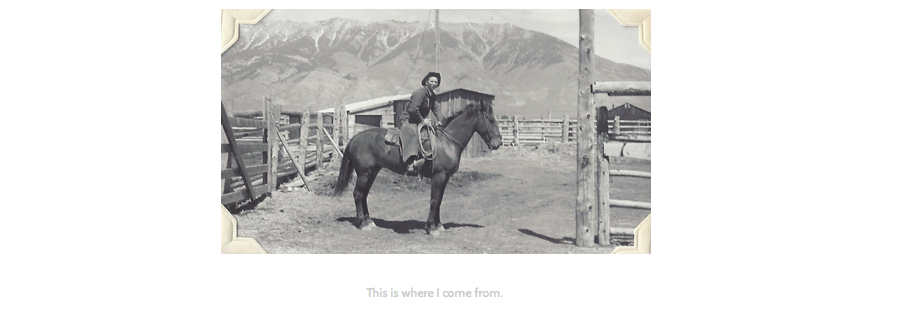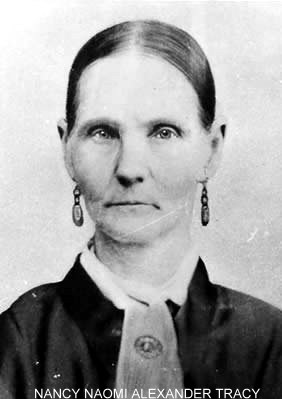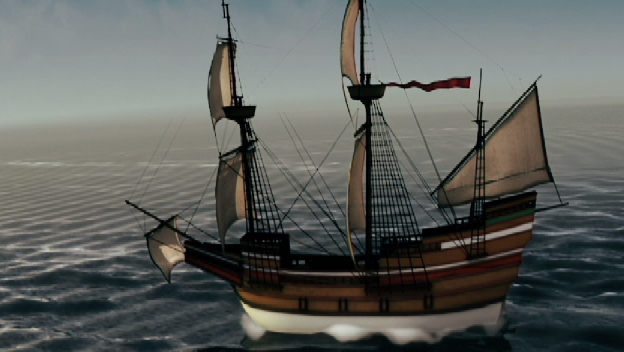Thirteen generations back, two of my ancestors were aboard the Pilgrim ship
Mayflower. They didn't know each other at the time; Elizabeth Tilley was barely a teenager during the crossing, 13 years old and coming with her parents. John Howland was a servant to Governor John Carver, and was in his early twenties. They married four years later and now (400 years later) have millions of descendants, thanks to their own ten kids. Several US Presidents and the Prophet Joseph Smith came from the Howlands' line, and so did my husband Nate.
Elizabeth Tilley has been known to join his family for Clark Thanksgiving Day celebrations and tell the family the story of the Pilgrims' journey to Plymouth aboard the Mayflower.
John Howland, who would be her husband, fell overboard on the journey during a storm, and Elizabeth Tilley would regale the family with the tale of frigid water, a man nearly lost at sea, and salvation by halyard. Either Grammy (Marilyn Clark) or Trudy would always happen to be absent during these visits, much to their dismay. As soon as Elizabeth Tilley would leave, Grammy would return from her Very Important Errand, having just missed the story, but in time to join the family in listing their blessings on the corn kernels left on their dinner plates.
The actual Pilgrims probably had little more than corn kernels to eat their first winter, and nearly half of them died before spring. Elizabeth and John were lucky, hardy and blessed. John signed the Mayflower Compact and the two of them raised their ten children to adulthood in their newfound homeland.
The Howlands' great-great grandson Amos Chipman is where my line and Nate's line converge. He and his wife Sarah had two sons, Barnabas and Ammi. (It appears that modern parents aren't the only ones to construct imaginative baby names, when you compare them to early New Englanders!) The family had moved to Connecticut by this time, and the two sons seem to have married sisters: Beulah Evarts and Sarah Evarts. Barnabas and Beulah ended up in New York, whereas Ammi and Sarah moved to Ontario, Canada. Both lines converted to the Mormon church two generations later and found their way to Utah. Nate's line is the Barnabas/Beulah line, and they settled in American Fork, Utah. Eventually Christa Mix Christensen was born there, and became the mother of Nate's grandma, Marilyn (the Elizabeth Tilley proxy). My line went to Rexburg, Idaho, then Ogden, where my maternal great-grandmother Irva Shurtleff Epperson was born. I know it's not really relevant, but I like that I have lived in both American Fork and Rexburg, too.
 |
| Irva Shurtleff Epperson and my grandmother, Patti |
I haven't yet been to Plymouth, Massachusetts, however. I'd like to go see the monument there and get a feeling for the place those Pilgrims saw from the ship their first freezing, sickly, hard winter. I'd like to touch the water where the bow of the Mayflower hit ground. I am proud of them for creating a new life there in New England; really, just for living through it. When I think
Mayflower Pilgrims, I think
brave, strong, hardworking, steadfast, and other positive, sturdy adjectives. However, I know the Puritans could also use that diligence for stubborn narrow-mindedness. Many of my ideas of early New England life come from fiction, such as the extremely wonderful novel
Witch of Blackbird Pond and the rather frightening play
The Crucible.
The Crucible portrays bits of the Salem Witch Trials, which of course wasn't the brightest moment for the new Colonists--not to mention their treatment of Native Americans and their reputation of having no tolerance for
fun or
beauty or even anything moderately amusing. Since the Howlands and their children haven't specifically been mentioned in any of those events, however, I am free to give them the benefit of the doubt and focus on their legacy of ground-breaking hard work.

.jpg)

+and+Mama+at+Lagoon.jpg)





